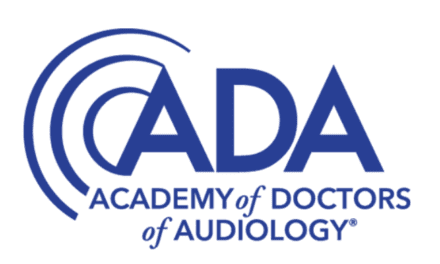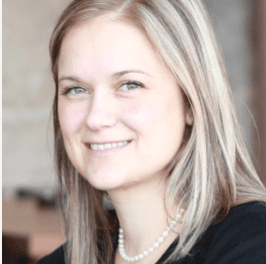Harlan Lane, a psychologist, linguist, and a founder of the American Sign Language (ASL) program at Northeastern University, died on July 13 at age 82, according to an obituary in the New York Times. His death was attributed to Parkinson’s disease.
Lane, according to the New York Times article, believed that deaf people were a distinct ethnic group “with their own language, culture, customs, values, and humor,” and was transformed by his experience with deaf students communicating in ASL at the University of California, San Diego, in the 1970s.
In an obituary appearing on the Northeastern University website, interim co-director of the American Sign Language Program at Northeastern, Angela Herbert, said her former professor was “ahead of his time.”
“Professionally speaking, he was decades before his time in terms of understanding the value of deaf people and the deaf community,” Herbert said. “There are so many books on ASL, deaf culture, and the deaf community now, but when Harlan was starting out, that just wasn’t the case,” she was quoted in the article as saying.
Lane wrote or co-wrote several books including When the Mind Hears: A History of the Deaf , The Mask of Benevolence: Disabling the Deaf Community, and A Journey into the Deaf World. More recently, he co-authored People of the Eye: Deaf Ethnicity and Ancestry.
While a member of the faculty at Gallaudet University from 1987-1988, Lane was active in a campaign for the institute of higher learning to choose a president who was deaf, which culminated in the hiring of I. King Jordan, the school’s first deaf president.
Opposing cochlear implants for children, Lane believed they were “surgically risky and unethical,” according to the NY Times article.
“There is no evidence that early-implanted children will do better at acquiring English than they would with noninvasive aids or with no aids whatever,” the NY Times quoted from a position paper that he co-wrote for the National Association of the Deaf in 1991.
To read the articles in their entireties, please click here for the New York Times website and here for the Northeastern website.
Source: NY Times, Northeastern
Image: Wikipedia/Beacon Press






